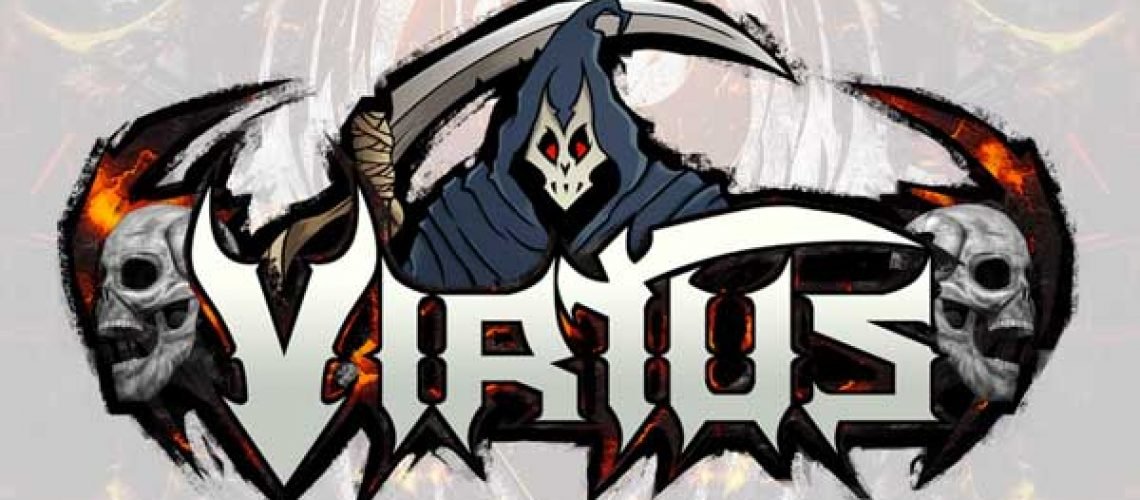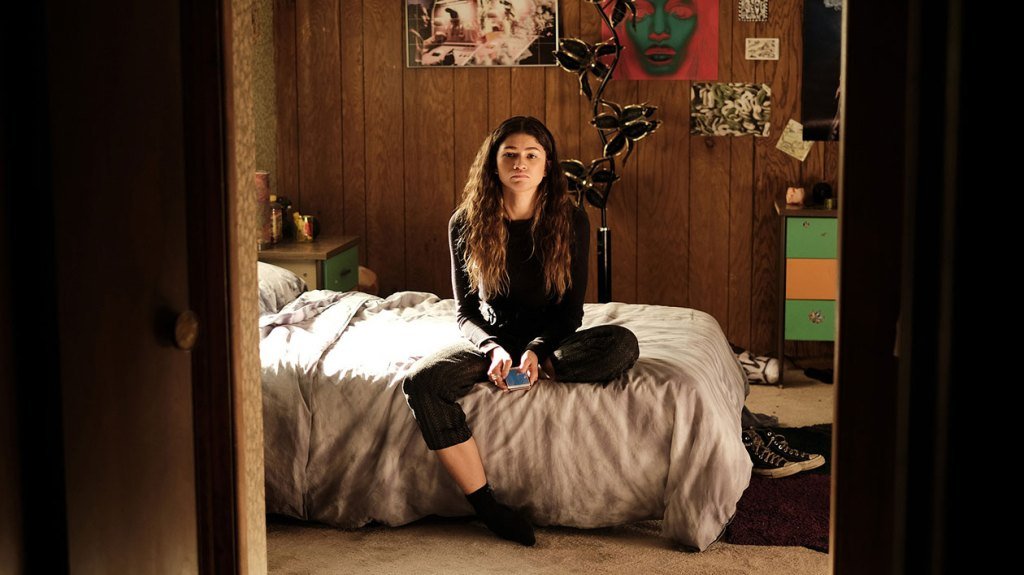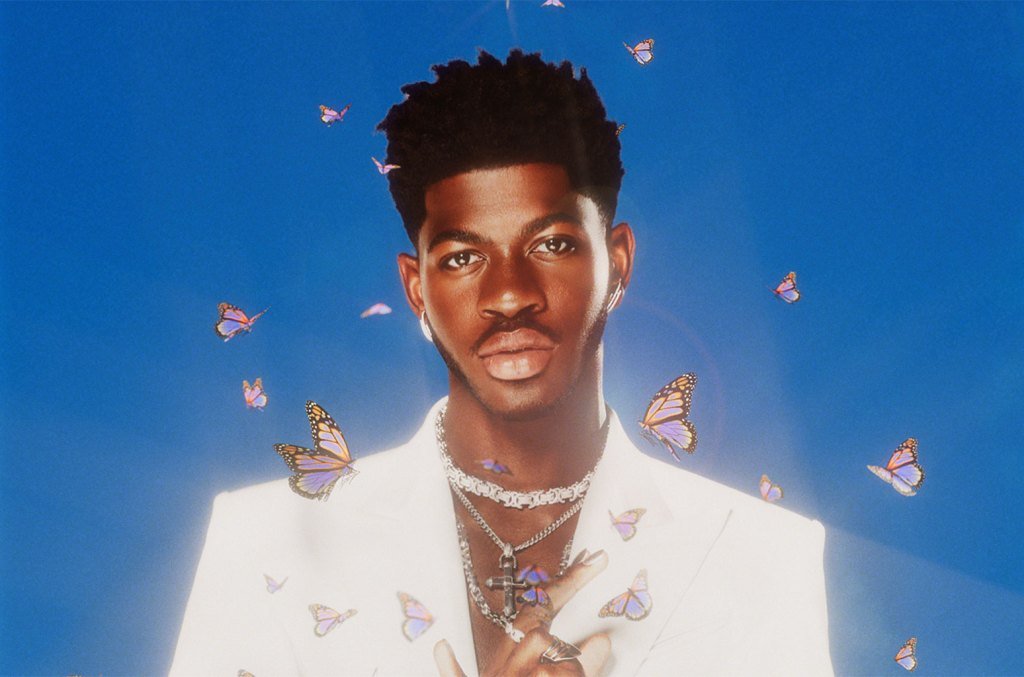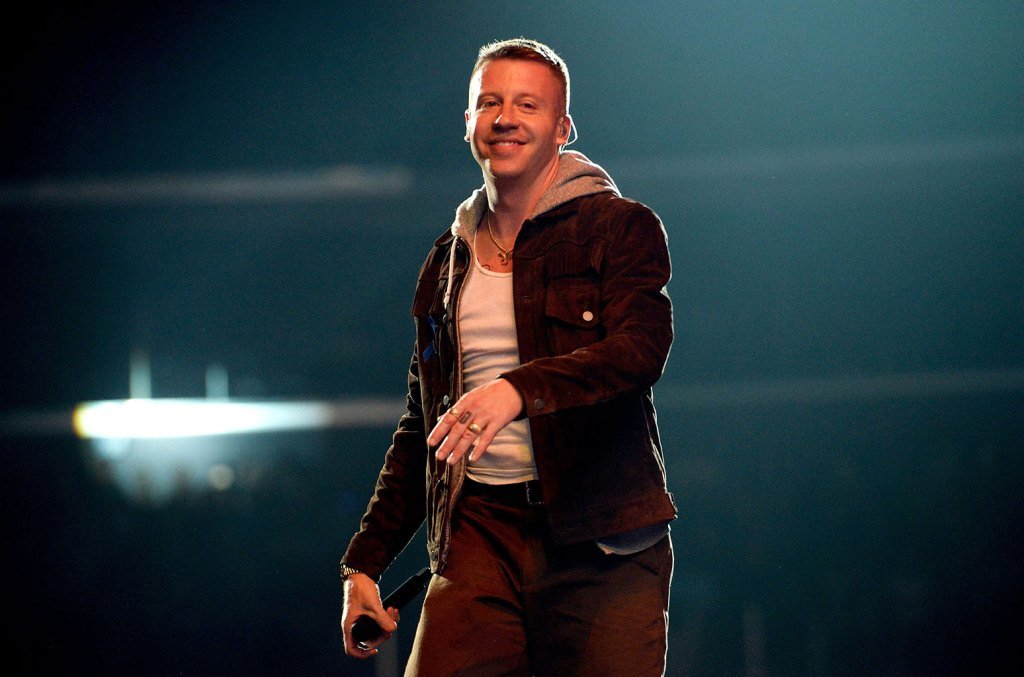Learn how to get booked more often and make more money from your music by building a better artist brand.
A brand is the personality of a business; it includes the business’ name, logo, symbol, slogan, overarching voice, and more.
Building a strong brand as an artist is important because it’s going to help you make money; it will allow you to effectively market the music that you make, and get it into the hands of people interested in listening to it.
Music producers and musicians who make music as a hobby don’t invest time or money into branding; they aren’t concerned with making a profit. For this reason, many promoters looking to book you care a lot about how your brand looks. Quality branding is a mark of professionalism.
I’ll be providing you with 5 tips to build a better brand as an artist.
1. Identify Your Target Audience
Who are you writing music for? This is a critical question to ask yourself because it’s going to determine every aspect of how you build your brand, and how you go about marketing your music.
If you had to paint the perfect picture of a superfan, what would they look like? And what would they be interested in?
Is your music intended for male college students interested in EDM, who are looking for music to turn up to on the weekend? Or is it more suitable for women 70+ who grew up listening to artists like Frank Sinatra?
It’s pretty clear that the brand of an EDM artist like Skrillex isn’t going to appeal to the latter group, and that the brand of an artist like Elvis Presley won’t appeal to the former group.
Collect Demographics Data
The term “demographics” refers to statistical data relating to the population and particular groups within it. It’s the demographics of your audience that you’ll need to learn more about before you can begin branding effectively.
For example, the Black Ghost Audio website caters to males, aged 25-34, from the United States, with interest in arts and entertainment, as well as technology and computing.
We’ve determined this to be our ideal market based on the information we collect from people visiting our website, and we’re able to gather even more detailed information from surveys we send out to our mailing list from time to time.
This data has allowed us to develop our brand over time, create more desirable content, and partner with companies that our readers are interested in.
Instead of guessing who your target audience is, there are several tools you can use to find out.
Use Facebook Page Insights
Let’s assume you’re just starting out and don’t have an audience to gather information from. You’re able to create something known as a lookalike audience, which mimics the audience of an artist making music similar to your own.
Facebook Audience Insights is a powerful Facebook feature that not many people know about. It allows you to view the audience demographics of other people’s Facebook pages.
By inputting the name of an artist into the “Interests” field on the Audience Insights dashboard, you can get a detailed look at the people who follow their Facebook page.
This is a big deal because if you’re able to identify artists who make music similar to your own, you can use their audience demographics to assist in building your brand. Information like this will also allow you to run Facebook Ads campaigns more effectively.
I recommend you check out a video course called “The Fan Finder Method.” It explains how to create quality lookalike audiences using Facebook Audience Insights and market your music using Facebook Ads.
When you build up a following of your own, you’ll be able to analyze the demographics of the people who like your Facebook page. At that point, you can reassess your marketing strategies and refine your brand if necessary.
Use Google Analytics
If you have an artist website, you’re able to collect the same type of information using Google Analytics. All you need to do is embed your Google Analytics Tracking ID and Global Site Tag on your website, and Google Analytics will start collecting information about your website visitors.
The only problem with collecting data in this way is that you need people visiting your website. As a relatively new artist, you may not have anyone visiting your site yet, or worse, you may not have a website at all.
To create a website, I recommend using a music artist WordPress theme; you can find one through Envato Market. Alternatively, you can create a website using Webflow, which requires more technical prowess but also provides you with greater customization options.
2. Create an Elevator Pitch
An elevator pitch is a short and sweet sales pitch you can use to get someone interested in your brand; the idea behind this is that you should be able to deliver your sales pitch in the time it takes to ride an elevator with someone.
A great elevator pitch will clearly outline the value your brand brings to the table, describe why your brand is unique, and remain within the length of a tweet.
Post Malone’s Elevator Pitch
Many artist brands are focused on the artist’s looks and personality. Post Malone is a great example of this, and his elevator pitch might be something along the lines of:
“I’m a singer/rapper that makes pop, trap, and rock. People like me for my laid-back personality, my tattoos, and the crazy clothes I wear.”
In the following interview, Post Malone’s personality shines through. Regardless of how you feel about his music, he’s an extremely likable person; I believe this to be one of the reasons he’s been able to gain such a huge following.
Marshmello’s Elevator Pitch
Not every brand is hyper-focused on the artist’s personality. Marshmello is an artist who wears a marshmallow helmet. The brand doesn’t go that deep, but it doesn’t necessarily have to. His sales pitch might be something like:
“I’m a music producer that creates pop/EDM. I wear a marshmallow helmet and white clothes, both on-stage and off-stage.”
If you’re more introverted than you are extroverted, taking your brand down a less personal route may be the more comfortable option. The following video shows Marshmello in his staple outfit.
3. Choose an Aesthetic that Represents Your Music
Once you’ve come up with your elevator pitch and you’ve decided what your gimmick is, it should be much easier to work out the visual aspect of your brand. Visuals are important because they give potential listeners an idea of how your music will sound.
For copyright reasons, I’m going to use my own artist project, Virtus, as an example. The following cover art gives almost no indication of what the song “Dark Prince Rising” may sound like. If this image were to appear on someone’s Instagram feed, they wouldn’t have a clue what they were looking at, and definitely wouldn’t bother trying to figure it out.

The following image, which is the actual cover art for “Dark Prince Rising,” provides a clear indication that the song contains creepy, ominous vibes, and is probably pretty high-energy. It gives off a feeling that is representative of the music; the intention was to target people who like metal and EDM.

Watch the music video for “Dark Prince Rising” to decide if the branding matches the music. Does the aesthetic of your brand provide an accurate representation of your music?
4. Outsource Visual Media Work
You don’t need to take on every aspect of your artist project yourself. It’s okay to outsource visual media work to people who specialize in it. These people may include graphic designers, illustrators, animators, photographers, videographers, and web designers.
As a music artist, you specialize in creating music. It’s great having a diverse skill set, but it’s also important to understand the extent of your abilities.
Hunt down the person currently creating the type of visual content that matches the aesthetic of your brand and hire them; the hardest part of this process will be finding the right person.
Don’t ask someone who specializes in anime style artwork to create an impressionist style painting for you. They might be able to pull it off, but you won’t know what to expect, and you run the risk of being disappointed.
You can browse websites like DeviantArt to find visual artists, or do some research and find out who’s making the cover art for artists similar to you. You may even be able to find a visual artist on a website like Fiverr depending on the aesthetic of your brand.
At the very minimum, you should look into commissioning a brand logo, symbol, and social media banners.
Brand Logo
A logo is usually a word, like “Virtus.”

Brand Symbol
A symbol is usually a picture. In this case, the “V” from “Virtus” has been turned into a symbol.

Social Media Banners


Create an Electronic Press Kit (EPK)
An electronic press kit (EPK) is a downloadable PDF file that helps people interested in booking you to play shows learn more about your brand.
Being able to create an electronic press kit is the true test of whether or not your brand has all its bases covered. To create an EPK, you’ll need the following:
- A color scheme
- A logo
- A symbol
- Quotes
- A bio
- Links to your social media accounts
- A contact email address
You should also consider including:
- Cover art with links to the associated songs
- Video thumbnails with links to the associated videos
- Press photos
- A link to your website
- Tour dates with links to Ticketmaster
The following image is a stripped-down version of my EPK. I’ve clearly marked where content is meant to be displayed so that you can get a better idea of what to include in your own EPK. You can view a larger version of the PDF here.
.jpg)
Feel free to the use my EPK as inspiration for your own. Treat your EPK like a sales tool, and use it to convince promoters that you’re worth booking.
I want to invite you to join me in the Black Ghost Audio group on Facebook; it’s full of producers currently working in the music industry who are more than happy to help you improve your productions. Leave a comment below if you have any questions regarding this article. Your feedback is always appreciated, and we’ll take it into account when we publish future articles.




